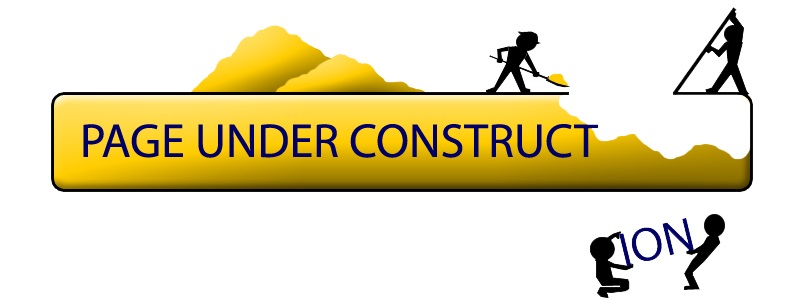Population Health Information
This page is still under construction.
 Population Health Management is a growth area for healthcare software vendors. Why is that? What are the driving forces that are behind the willingness of Healthcare Providers (and on Western Europe this most often means Governments) to spend 10s of Millions of dollars/pounds on software in this space? This is clearly not a simple Technology play. The cost (the economics) of healthcare provision for a population are huge - and of course (with population growth and aging population growth) these costs are growing.
Population Health Management is a growth area for healthcare software vendors. Why is that? What are the driving forces that are behind the willingness of Healthcare Providers (and on Western Europe this most often means Governments) to spend 10s of Millions of dollars/pounds on software in this space? This is clearly not a simple Technology play. The cost (the economics) of healthcare provision for a population are huge - and of course (with population growth and aging population growth) these costs are growing.
The multiple aspects for consideration in Population Health management also means that it is very difficult for one Application (no matter how giant) to cover all the bases. Overall there is a matching between the customer base and the supplier base such that Healthcare Providers can find Applications that, to a large extent, cover their needs. But the boundaries of use (and the extension to delve into the data) form significant limitations. These pairings of customer and supplier, which form a kind of symbiotic relationship, will be explored in this page. This page is still under construction, so what follows is an outline sketch of considerations.
Suppliers and Customers
In the UK, the comissionaing suppliers are the Clinical Commissioning Groups (CCGs). They are carrying this position as a legacy from the reorganisation that got rid of Strategic Health Authorities. StHAs were abolished in 2013, and since then we have seen a divergence of the management of Healthcare and Social Care. The real damage and cost in healthcare provision appears when citizens who could benefit from lower cost social care provision end up in more expensive diagnostic and treatment (healthcare) situations. While this is a very broad brush view, there is no doubt that efficiency can be improved when a balanced view of healthcare and social care spending can be established. And never mind the economics, people do not like being hospitalised (or even medicalised).

It is important to note that the segmentation of secondary care away from other health and social care sectors (hospitals and hospital groups) in the USA is very strong. Hospital (Groups) are business - albeit in a large part charitable. I mention this because the majority of Population Health software providers are from the USA. This software comes with its own economic view build in (and its own associated boundaries for use). The upside is it is very clear what you get for your money. You get what you pay for - and USA providers are very good at explaining the ROI for their customers.

This is a fast moving area. The customer needs are evolving and the supplier abilities are evolving. The growth is also fueled by swaths of research. As data analytics matures as a science (and to be clear this has to be solidly founded in statistical methods), so does our ability to leverage meaning from the data sources to drive decisions on Population Health Management. This means there is a strong contribution from accademia. In fact I would say that it is essential for Pop Health Applications to gain the validity of the data curation, validation and analysis that is grounded in solid academic work. This is why well managed source data (such as the Johns Hopskins datasets) are so highly valued.
Data and Information
So much of the way we look at Healthcare Information is about classification, or even codification. Computerisation of any information requires this step - to reduce the variable spectrum of possibilities into a number possible elements of data. Even if you take the Natural Language Processing approach, you will effectively be making automated classifications and codifications of data (I am inserting a link to my old University, Sheffield, where there is a mature NLP research base).
The curation and validation of this information in an Application most often means that an Application Supplier will want to own the data. Here I don't mean they own it in as much as the Healthcare Provider organisations cannot touch it and use it, but from the point of view that as and Application provider they will have to give reliable results out of their application. This comes with a certain amount of liability. To ensure they can rely on the data Applications will in most cases import a copy of the data to be managed within their application. To ensure the data persists, to ensure it is consistent, to ensure it is reliable and accurate.


